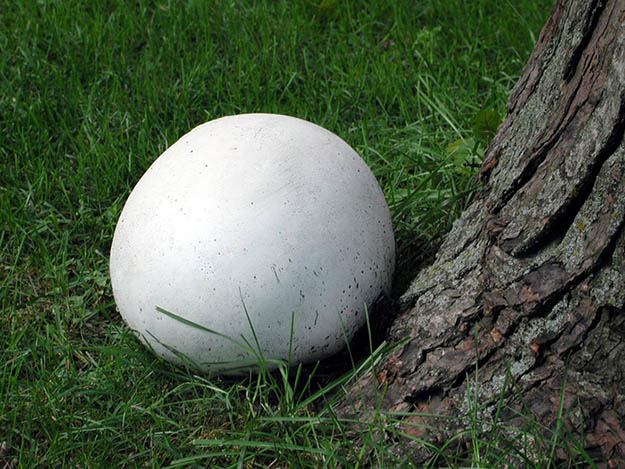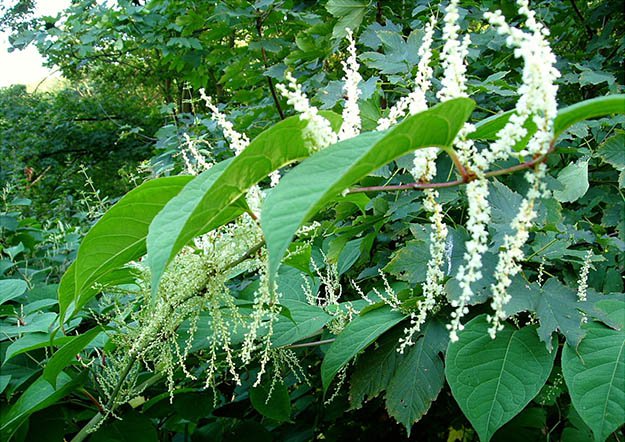Foraging for food is one of the most vital survival skills anyone can learn. No matter where you are, whether you bug out intentionally or get stranded in the wilderness, you’ll need to eat at some point. Your bug out bag can only get you so far. You’ll eventually have to put your survival skills to the test and find your own food, or else risk starvation.
It is important to already have in mind which plants, bugs, and animals can be foraged and eaten throughout the year. You also need to know where to find fresh water during the dry summer months and the cold winter months.
Foraging for Food and Water: Vital Primitive Survival Skills
Knowing how to forage for both food and water throughout the year as well as during various catastrophic events are very important survival skills to maintain. What used to be common knowledge has now become virtually unknown to the majority of the world’s population as centralized agriculture, economics, and governmental institutions become the norm. However, to guarantee survival in any situation, specific mushrooms, plants, and even bugs and small animals can be eaten in order to maintain proper protein biosynthesis and amino acid synthesis. Certain natural tools and elements can also be constructed together in order to purify drinking water in case a natural supply of fresh water is not around. Keep in mind however that foraging for some plants and animals may differ depending upon the season in which outdoor primitive survival skills are being practiced.
Wild Mushrooms and Edible Plants
In early spring and summer wild mushrooms can be picked, gathered, and eaten to compliment other foods that are being gathered and stored. Even in the early fall months most mushrooms can be eaten. However, foraging for mushrooms in the winter can be difficult, as most that are growing at that time of the year may not be edible. Some common mushrooms that can be eaten with certainty are known as morels, chanterelles, puffballs, and polypores.
Morels

Chanterelles
Puffballs
Polypores
For the most part edible plants are available year round. However, in the spring and summer, fruits and vegetables are plentiful. These plants produce the most beneficial nutrients the body needs at this time. Some edible plants that are disguised as weeds can be eaten throughout the winter months and include Japanese Knotweed, Dandelions, Bull Thistle, and Burdock.
Japanese knotweed
Dandelions
Burdock
Bugs and Small/Wild Game
Like plants, bugs are plentiful in both the spring and summertime. Surprisingly, most bugs provide the human body with essential nutrients such as protein for sustenance. The only catch is that bugs must be consumed in large quantities in order to create an adequate meal. Fortunately though bugs are usually easy to find and can be easily gathered in large numbers for a quick meal while foraging for other food.
Earthworms
Some bugs that are high in sustenance that can be easily found are earthworms, ants, beetles, crickets, grasshoppers, and termites. Most of these bugs can be found year round including the harsh winter months. Turning logs and rocks over as well as digging beneath the earth will be necessary in order to find these types of bugs while snow is on the ground or while other forms of harsh weather are occurring. If hunting tools are not available, traps can be set for small wild game. Traps however are much more difficult to construct and will take quite a bit of time to assemble.
Wild game
Fresh and Purified Water
When foraging for water it is important to be mindful of any nearby streams, rivers, or even land locked lakes. These three natural formations are usually the first sources of fresh water. Also, in the late spring through late summer, glaciers tend to melt near mountain tops due to increasing temperatures which in turn provide an abundance of fresh water. If there is no fresh water supply nearby, collect rain water with containers that can be easily carried. If emergency water is needed, as a last resort, you can drink precipitation build-up on leaves and various shrubbery in a limited quality.
If there is no supply of fresh water around, stagnant or even salty water will need to be filtered. This can be done organically using natural elements such as sand, gravel, charcoal, and even moss. The first method is to filter water through moss. The water may still be foggy and have a soil-like taste afterwards but should be clean enough to consume for the most part. The second method is to pile gravel into the bottom of a container filling it 1/3 of the way. Be sure to have holes punctured through the bottom of the container for water-flow. Next, fill charcoal 1/3 of the way in the container on top of the gravel. If charcoal cannot be found, use gravel inside the container as a replacement. Finally, pile sand on top of the charcoal or gravel, topping off the last of the space within the container. Pour the water over the sand allowing it to soak downward through the charcoal and/or gravel. Have another container ready to collect the filtered water that falls through the drain holes at the bottom. These steps may need to be repeated multiple times before the water may begin to be filtered enough to consume.
Source:survivallife.com










Leave a Reply